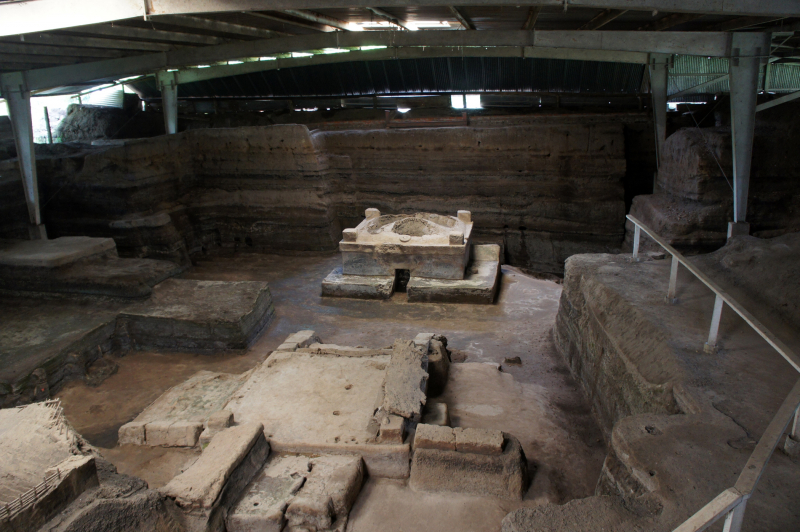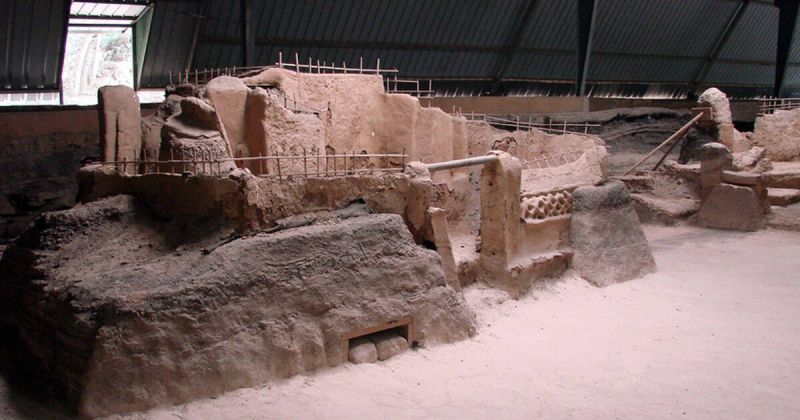Joya de Ceren Archaeological Park
Joya de Cerén is an archaeological site in El Salvador's La Libertad Department that has a pre-Columbian Maya farming town. Joya de Cerén is an ancient Maya site located in the Zapotitán Valley, 36 kilometers northwest of San Salvador, El Salvador. In comparison to the famous Ancient Roman ruins, it is often referred to as the "Pompeii of the Americas."
This location is well-known for the outstanding preservation of a Classic period town that was quickly buried by the ashfall of a Loma Caldera eruption around AD 600. Because of the relative richness of paleoethnobotanical remains unearthed at Joya de Cerén compared to other ancient Maya archaeological sites, Joya de Cerén is especially important in the study of everyday life in ancient Maya agricultural societies. The finding of a manioc field, the first instance of manioc farming found at a New World archaeological site, was significant. The site was assumed to have been settled between the years of 200 and 600 AD. Joya de Cerén was included to the UNESCO World Heritage List in 1993 for its archaeological significance, and it is a popular tourist destination in El Salvador.
Visitors will learn about pre-Columbian Mayan culture daily life at Joya de Ceren Archaeological Park, a World Heritage Site featuring a well-preserved farming town. Joya de Ceren Archaeological Park is regarded as one of the most beautiful historical sites in El Salvador.
Address: La Libertad Department, El Salvador












